-
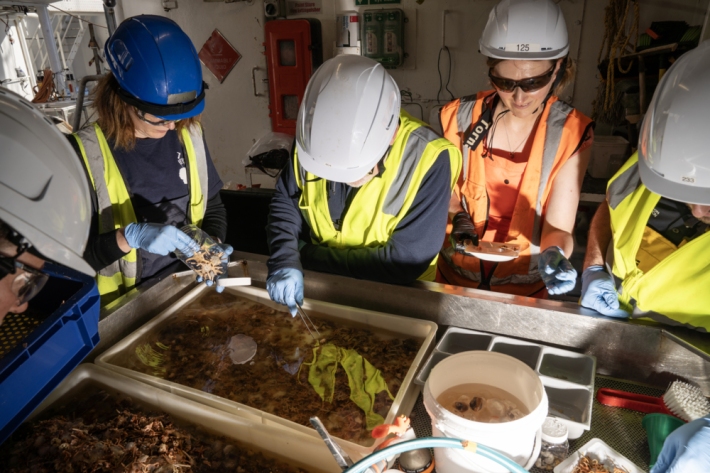
Bounty Trough - voyage update #3
The third and final update from Voyage leader, Sadie Mills on the 21-day Ocean Census – Bounty Trough research voyage. -
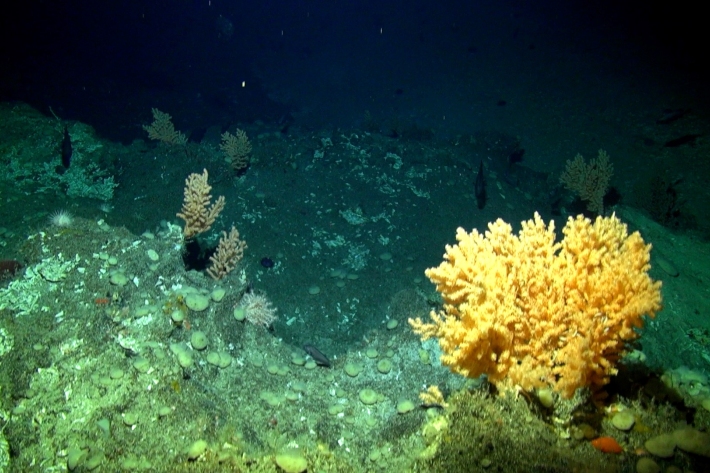
Bounty Trough - voyage update #2
Media contentGreetings from the Bounty Trough! -
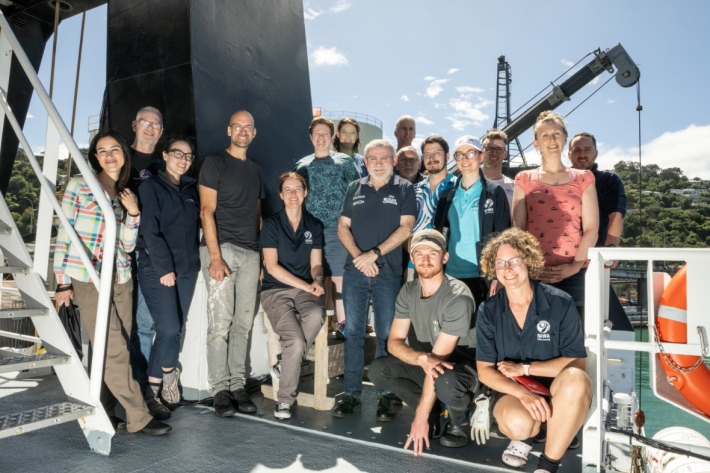
Bounty Trough - voyage update #1
NIWA Voyage Leader, Sadie Mills on the first three days of The Ocean Census – Bounty Trough research voyage - a 21-day expedition to discover new species -
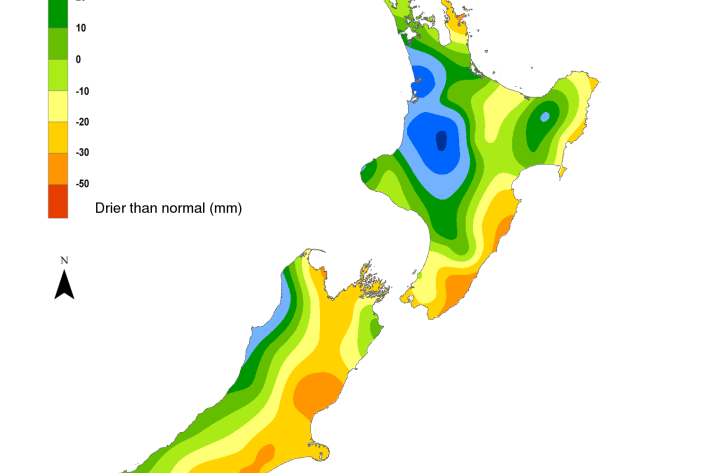
Hotspot Watch 8 March 2024
Hotspot08 March 2024A weekly update describing soil moisture patterns across the country to show where dry to extremely dry conditions are occurring or imminent. -
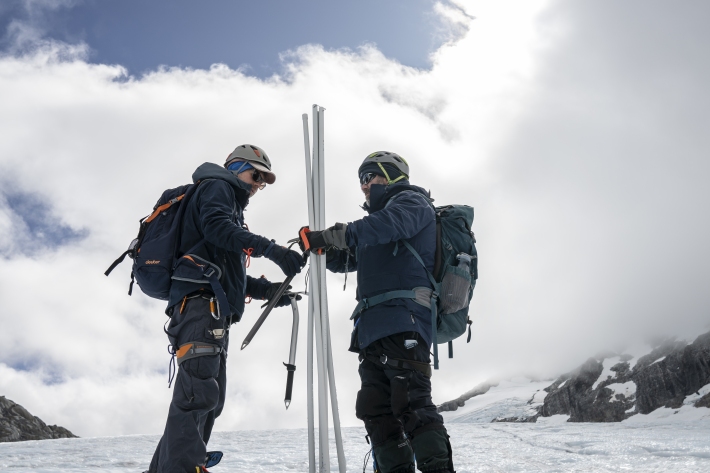
Many New Zealand glaciers are headed for extinction
Media release06 March 2024A culmination of over 45 years of research is painting a grave picture for the state of our iconic glaciers. -
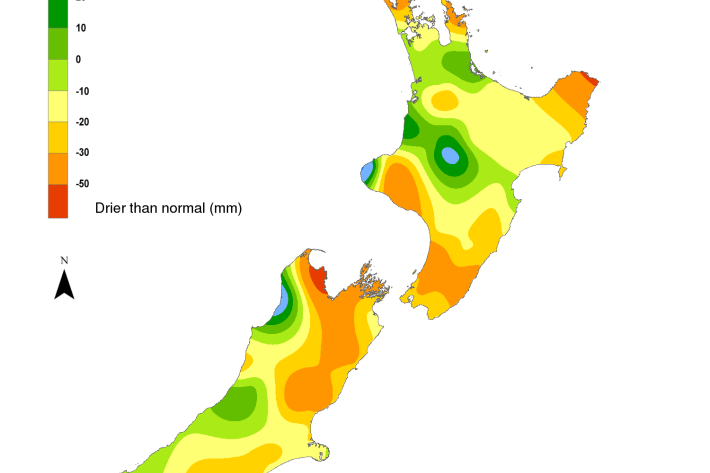
Hotspot Watch 1 March 2024
Hotspot01 March 2024A weekly update describing soil moisture patterns across the country to show where dry to extremely dry conditions are occurring or imminent. -
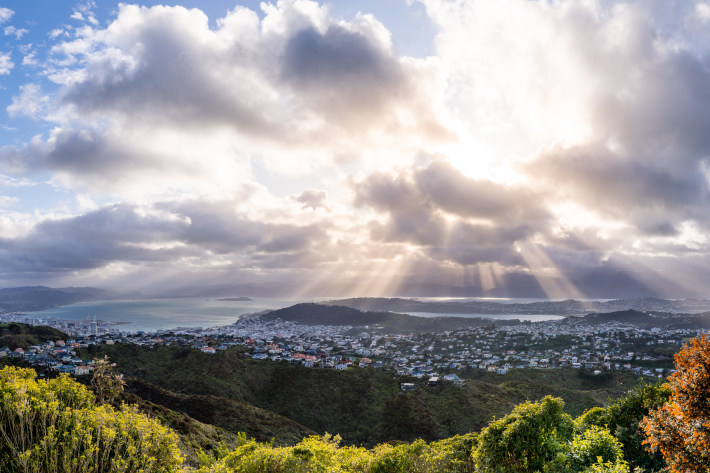
NIWA35 data request form
ServiceObtain NIWA35 forecast data from NIWA. -
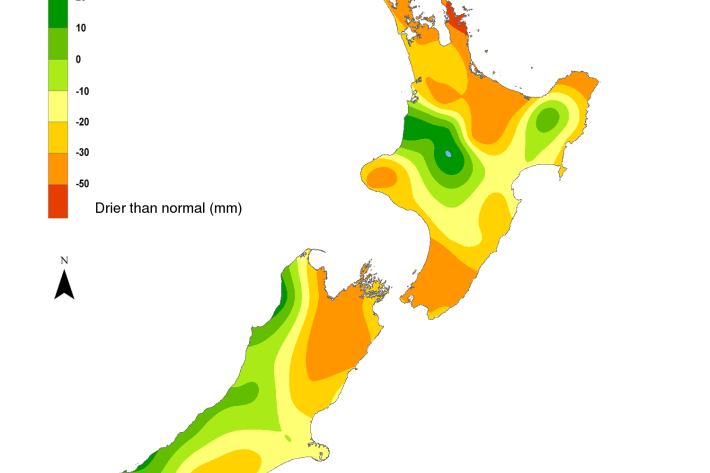
Hotspot Watch 23 February 2024
Hotspot23 February 2024A weekly update describing soil moisture patterns across the country to show where dry to extremely dry conditions are occurring or imminent. -
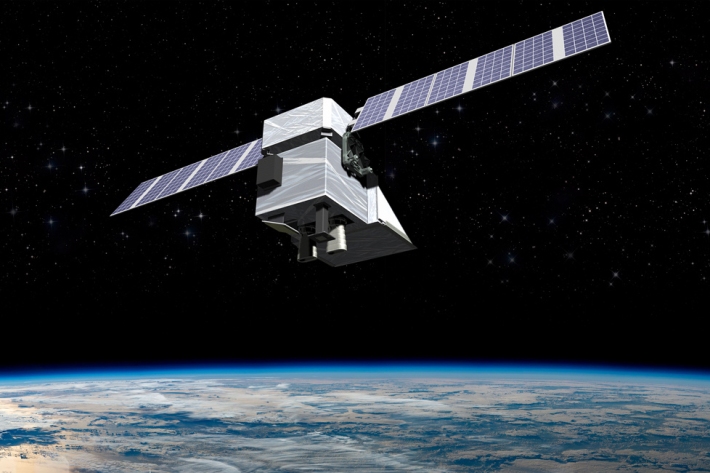
Scientists counting down to MethaneSAT satellite launch
Media release16 February 2024NIWA scientists leading Aotearoa New Zealand’s MethaneSAT agricultural emissions science programme are gearing up for the launch of its satellite in coming weeks. -
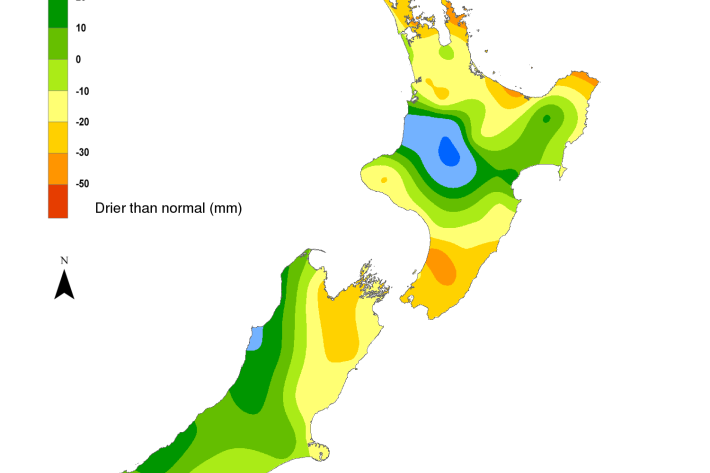
Hotspot Watch 15 February 2024
Hotspot15 February 2024A weekly update describing soil moisture patterns across the country to show where dry to extremely dry conditions are occurring or imminent. -

Expedition to uncover secrets of New Zealand's unexplored Bounty Trough
Media release08 February 2024An expedition to discover new species in one of the most remote parts of the deep ocean is departing from Wellington today. -
![Soil moisture anomaly map (mm) at 9am on 6 February 2024. [NIWA]](/sites/default/files/styles/card/public/2024-02/smdanom_20240206.png?h=8684f5b5&itok=K78qzgXz)
Hotspot Watch 7 February 2024
Hotspot07 February 2024A weekly update describing soil moisture patterns across the country to show where dry to extremely dry conditions are occurring or imminent.
